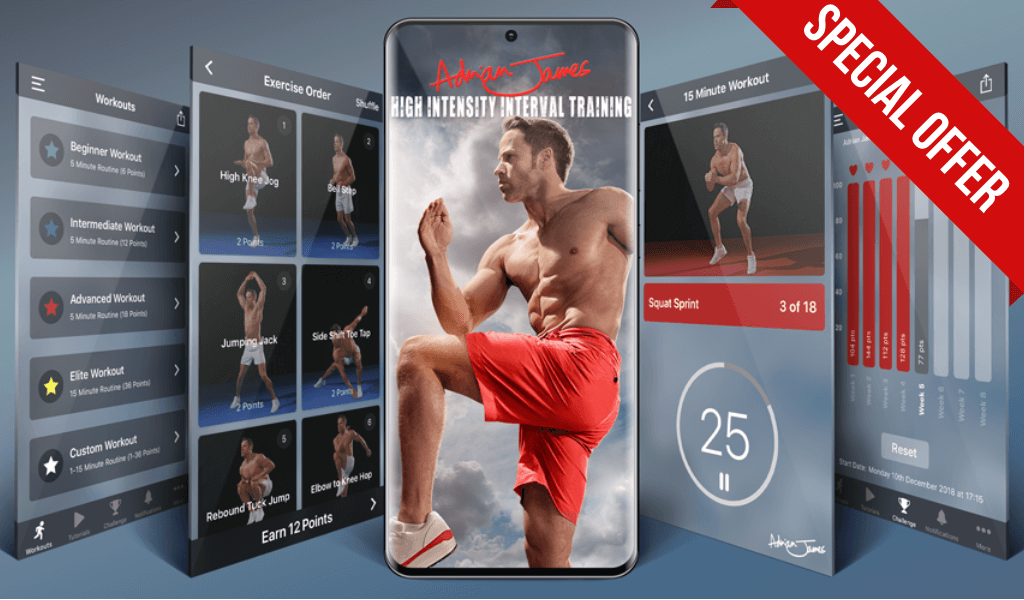From conspiracy theories to logical fallacies, the internet is a breeding ground for myths and half-truths. The fitness industry is no different: take cardio as a case in point. Despite an abundance of well-researched articles based on empirical data and clinical studies, a number of misconceptions persist. Cardio can facilitate weight loss, increase mobility and dramatically boost your aerobic fitness. But before you lace up your trainers and start breaking a sweat, it’s time to slay a few cardio myths once and for all…
Myth #1: Cardio is the best way to lose weight
Upon joining a gym, obese people will usually make a beeline for the cardio machines. On the face of it this makes sense: cardiovascular exercise is an obvious way to burn calories and lose weight. Cardio alone, however, is unlikely to achieve the desired effect. For optimum results, cardiovascular exercise should be combined with strength training and a healthy, calorie-controlled diet. Weight lifting will raise your metabolism, encouraging your body to burn fat even after your workout is complete, while eating at a slight calorie deficit will lead to sustainable weight loss. Perform cardio by all means, but neglect strength training and diet at your peril.
Myth #2: Frequent cardio is best cardio
When it comes to cardio, long sessions beat short sessions and frequent workouts beat infrequent ones, right? Wrong. Excessive cardio can actually be counterproductive, eating away at valuable muscle as well as raising your cortisol levels – which in turn can cause your body to store excess fat. The truth is you don’t have to perform cardio every day or complete mammoth sessions to see results. In fact, when it comes to cardio, less is often more. 15 minutes of high intensity interval training can produce better results than 40 minutes of steady state cardio. Download Adrian James High Intensity Interval Training and you’ll discover that cardio doesn’t have to be time-consuming to be effective.

Myth #3: Fasted cardio burns the most fat
Contrary to popular belief, fasted cardio doesn’t burn more calories. In fact exercising on an empty stomach can increase the risk of muscle loss and put undue stress on your body. Your muscles need energy to function and that energy comes from food. You’ll get a better workout if you eat something light before training. For the perfect pairing, start your day with a banana and a Healthy Whey protein shake; fortified with vitamins and amino acids, it contains all the nutrients your body needs to perform.


Myth #4: Cardio means you can eat what you like
Regardless of how much cardio you perform, you can’t out-exercise a bad diet. A typical cardio session might burn 500-600 calories; that’s a bag of crisps and a chocolate bar. If you’re making consistently poor dietary choices, finding the time and energy to atone for them in the gym will be impossible. Poor nutrition won’t just lead to weight gain: it will negatively affect your health – something which no amount of cardio can fix.
The benefits of regular cardiovascular exercise should be plain to see. Disregard the myths and familiarise yourself with the facts: that when performed with the right frequency and intensity, cardio can burn fat, boost aerobic fitness and seriously improve your health.









